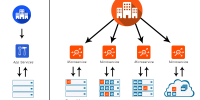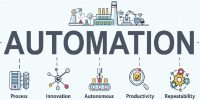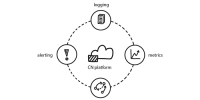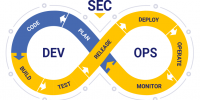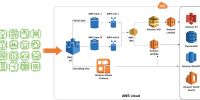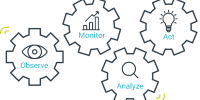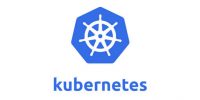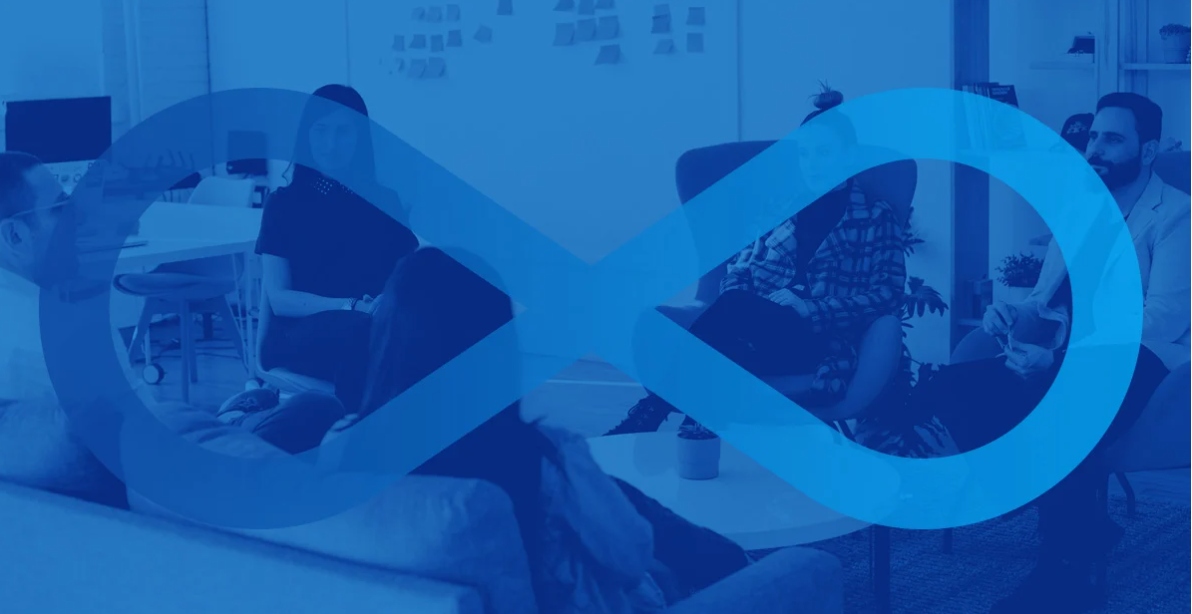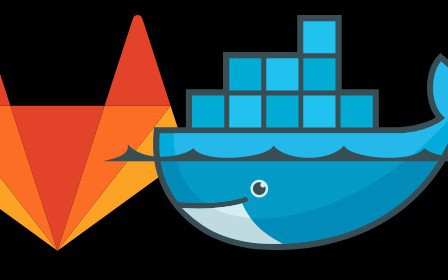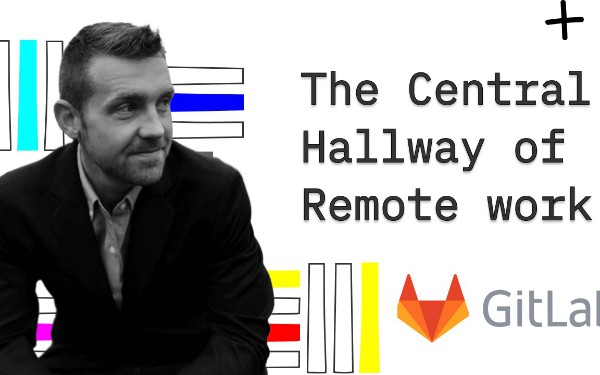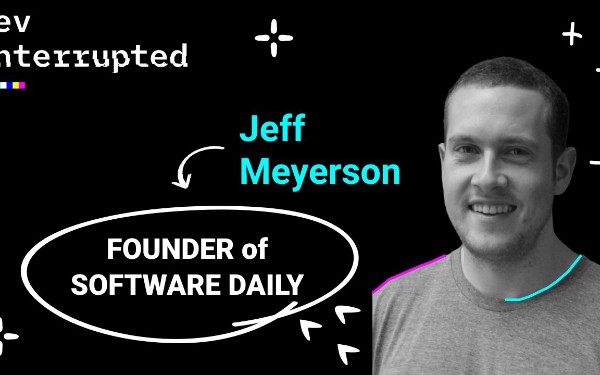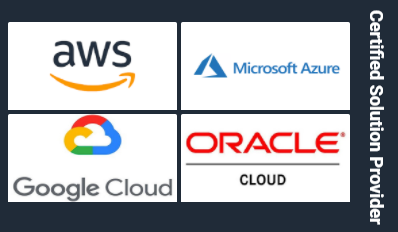What Problems Are You Likely To Face When Adopting DevOps?
The Current State of DevOps
DevOps is getting even more traction compared to five or ten years ago. The initial reason was the experimentation of development teams and organizations to achieve better outcomes and make more impact on their customers, but what does it mean to have a better outcome? What are we trying to measure?
The very short answer is value; but more specifically, the actual value the organization is trying to provide to their customers. The development, operations, security, and other teams work as one team! This team can identify and improve their organization. Common metrics to focus on include: delivery rate, achieved testing coverage in the application code, security vulnerabilities detected, mean time to recovery, and change failure rate.


